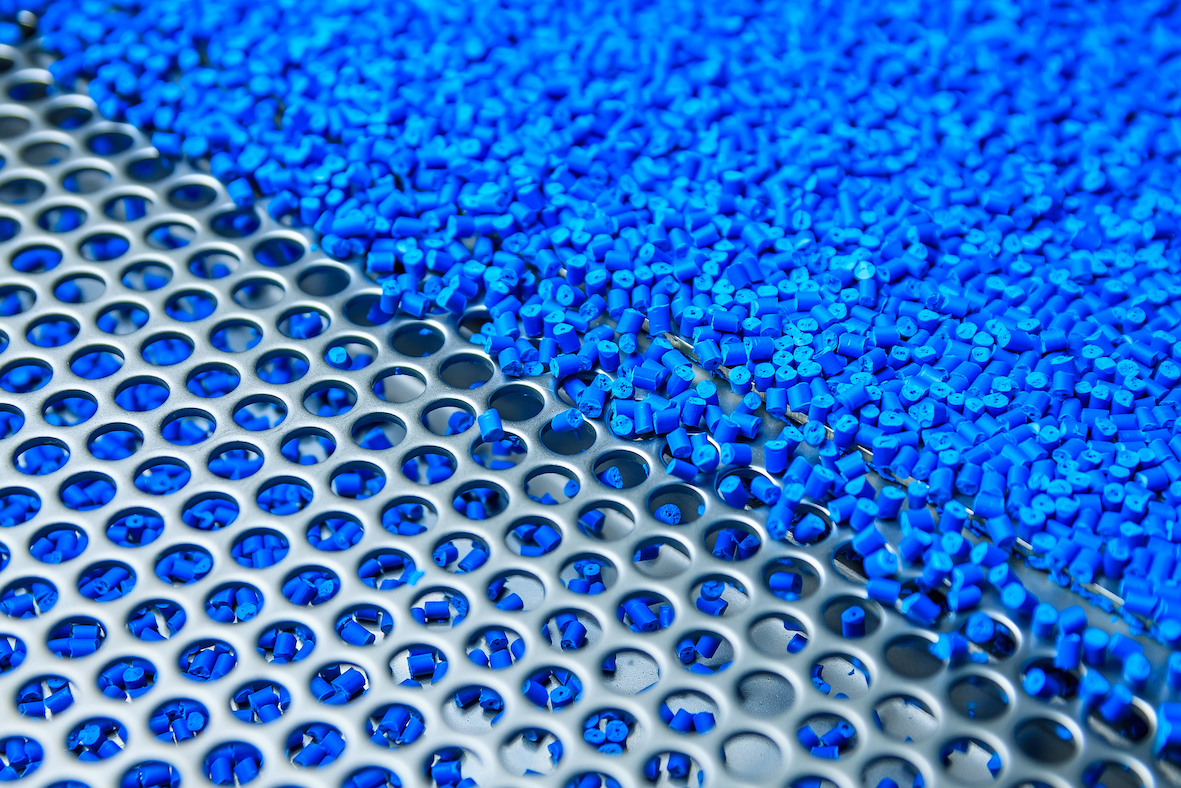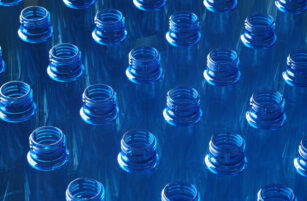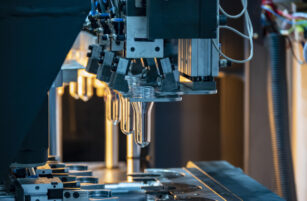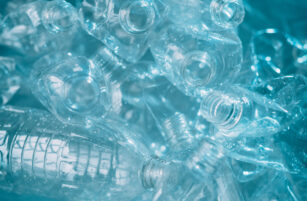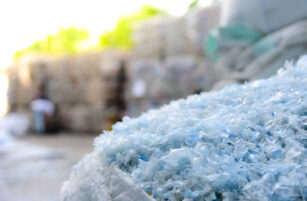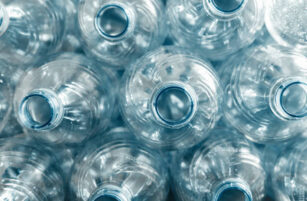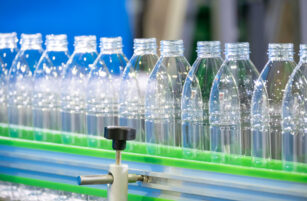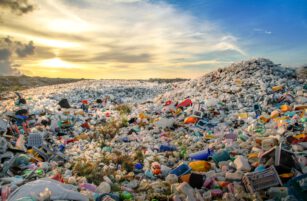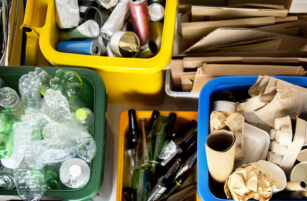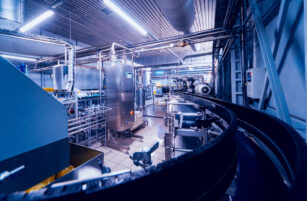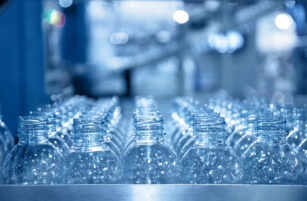
Substituting One Problem with Another
In food and beverage production, over 90% of the plastic packaging is theoretically substitutable by alternative materials.
However, the type of production process, the energy source, the material produced and the ability to recycle is very important in developing a comprehensive global strategy on plastic replacement.
This is because there’s increasing evidence that substituting plastics on a ‘like-for-like’ basis with alternative materials, such as paper or natural fibres, will actually increase greenhouse gas emissions and energy use in a whole life cycle analysis. We’ll be providing that evidence in future articles.

This doesn’t mean there aren’t other issues with plastics, such as those related to health, littering and other environmental consequences (e.g., marine pollution). Clear thinking will be required so we don’t substitute one problem for another.
Technology also has a role to play in improving the environmental attributes of plastics.
One avenue is the development of new polymers, such as Polylactide (PLA), where the monomer is made from fermented corn, sugar cane, sugar beet and cassava. Other possibilities include better combinations of materials, such as plastic and aluminium, improved biodegradable characteristics to assist with disposal such as compostable materials, reduced weight of a plastic container, and better energy recovery rates in the disposal phase.
How Plastics Are Made
Depending on definition, approximately 7-10% of the world’s oil is made into plastics and their processes are strongly correlated. Cheap oil prices during COVID-19 meant the world’s large plastic inventory soared. You can’t just turn off the tap in an oil refinery…
To develop these themes, we’ll provide a rudimentary guide to plastic production and identify the key products relevant to food and beverage industry.
Manufactured plastics are a product of the petrochemical industry using crude oil and sometimes natural gas and coal as the source material.
Heavy crude oil is a complex mixture and needs to be separated into useable, lighter components by the process of fractional distillation.
Each fraction consists of compounds made up of carbon and hydrogen chains with different structures. One of these, naphtha, is vital for plastic production.
Low octane naphtha is considered an intermediate hydrocarbon as it’s then subjected to a process of catalytic reforming to produce high octane materials (aromatic hydrocarbons, also called reformates); the key process being dehydrogenation.
The most well-known output is as a premium blending stock for petrol/gasoline. Other reformates from this process include the raw material for plastics, such as benzene, toluene, and xylene. For example, the styrene monomer is produced from the alkylation of benzene with ethylene to produce ethyl benzene which, afterdehydrogenation, becomes the styrene monomer.
The final step is polymerization, as described in this Opinion, to produce the important plastic, polystyrene (PS) normally as plastic pellets (resin) or films for onward processing.

Some important monomers are also produced by the steam cracking or hydrocarbon cracking processes; these are both designed to break a long chain of hydrocarbons into short ones.
In steam cracking, the feedstocks such as naphtha, LPG, ethane or propane are diluted with steam and heated in a furnace without oxygen at around 850C for milliseconds, before being quenched with oil.
The monomers and their eventual polymers are some of the most important and include ethane (for polyethylene – PE) and propene (for polypropylene – PP).
Hydrocarbon cracking introduces hydrogen, high temperature and pressure to yield naphtha, petrol (gasoline), diesel and jet fuel.
Plastics and Packaging
The polymers produced have plasticity, which means they can be moulded into a new shape.
For packaging, the important methods are:
1. Idling: An extruder pushes the plastic into a heat chamber where it’s melted. The molten plastic is then forced at high pressure into a closed cold mould. Once cooled, the mould ejects the finished product. Common products by this process include food tubs and yoghurt containers.

2. Extrusion Moulding: This is similar to idling, except the extruder pushes the plastic through a die, normally for tube-shaped materials, including plastic drinking straws and plastic bags.
3. Injection Moulding: The plastic is fed into a heated barrel and mixed using a helical screw. It’s then injected into a hollow mould cavity and used to make bottle caps.
4. Blow Moulding: This is used in conjunction with extrusion and injection moulding. The die forms a continuous semi-molten tube of plastic and a chilled mould is clamped around the tube. Compressed air is introduced to conform the tube to the interior of the mould. A second method is to injection mould it into an intermediate shape (a preform) and then heat it and blow the softened plastic into the final mould to be chilled. This latter method is used for making plastic bottles for carbonated drinks.

4. Thermoforming: Films or thicker pieces of thermoplastic are heated to soften them. They are then pulled by vacuum or pushed by pressure to conform to a mould, which is then cut to size and the scraps recycled. This is how clamshells are produced.

5. Expanded Bead Blowing: Plastic beads with a blowing agent dissolved inside (pentane or gas) are placed in a closed mould and heated. The subsequent expanded product conforms to the mould. This is how polystyrene cups are made.
For completeness, other methods of moulding include compression moulding, rotational moulding, compression and transfer moulding, and casting.
There are two types of plastics, as mentioned in this Opinion: thermoplastics, which become soft on heating and harden on cooling, and thermosets, which never become soft once produced.
Thermoplastics (92% of the total) are common in the packaged products sector, and in fact all other sectors (such as building, electrical and furniture), although the ranking changes a little.
For packaging, key products are: Low Density/Linear Low-Density Polythene (LDPE/LLDPE), High Density Polythene (HDPE) and Polypropylene (PP). The third most common packaging material is Polyethylene Terephthalate (PET).

The development of PET (and Bio-Pet) and, to a slightly lesser extent, HPDE in the packaging industry in general, and specifically for the food and beverage industry, provides materials that can be easily recycled, and, in some countries, at least partial infrastructure is in place to accomplish this.
The fifth ranked Polystyrene (PS) is likely to reduce in the future, as seen here, with new EU Directives.
Polystyrene products have a poor recycling profile and can potentially allow carcinogenic toxins to be absorbed into the human body.

Other Opinions You Might Be Interested In…

